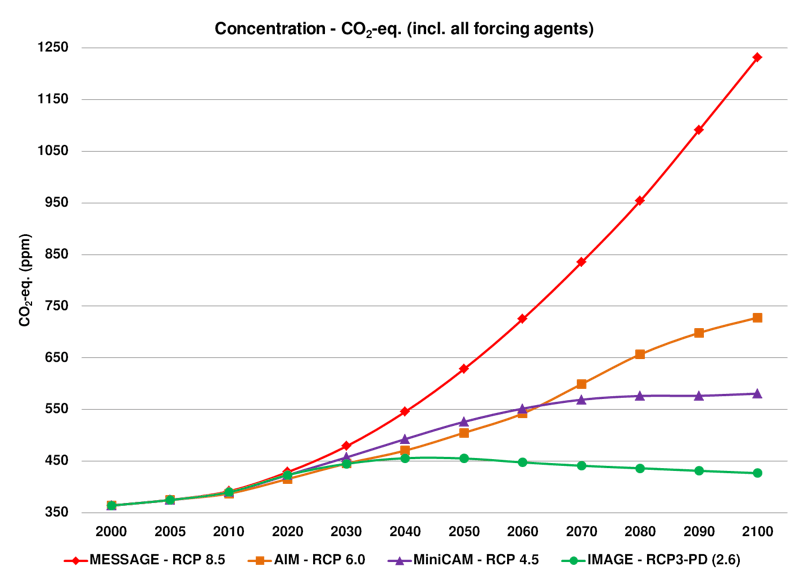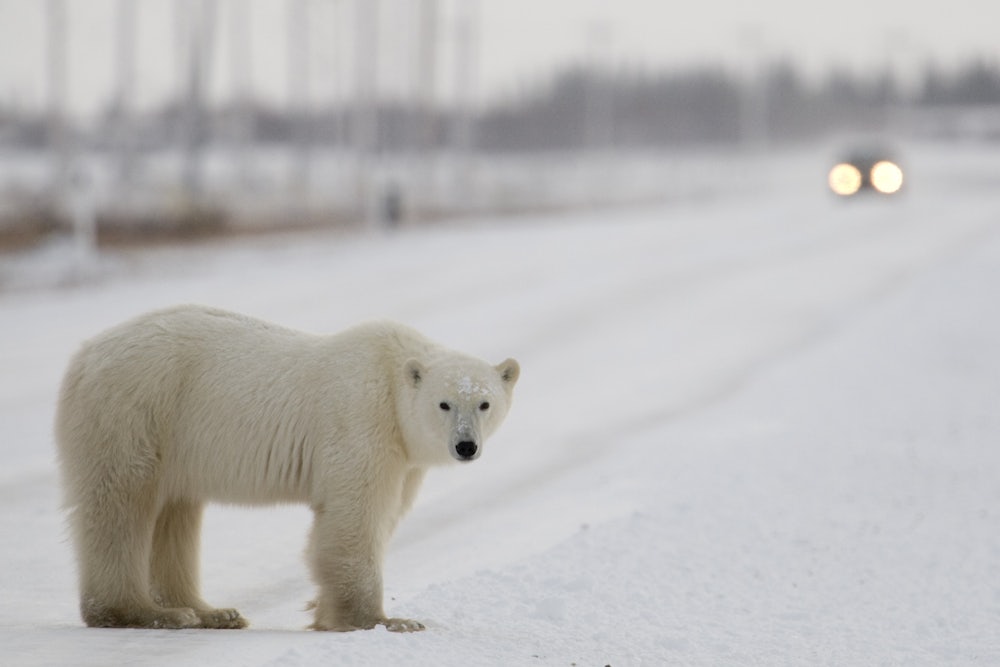In his controversial first op-ed for the New York Times last week, neoconservative writer Bret Stephens argued that there’s great uncertainty about the threat of climate change, and thus, environmentally minded scientists, activists, and politicians ought not be so confident about what they claim as fact. “We live in a world in which data convey authority,” he wrote. “But authority has a way of descending to certitude, and certitude begets hubris.”
Stephens, conveniently, cited almost no data in his column, instead employing bromides and anecdotes about the pitfalls of certainty. He quoted the work of Polish poet Czeslaw Milosz in his epigraph: “Whoever says he’s 100 percent right is a fanatic, a thug, and the worst kind of rascal.” Then he cited the widespread certainty that Hillary Clinton would defeat Donald Trump in last year’s election as reason enough to be skeptical of “overweening scientism.” Aside from the 1.5 degrees Fahrenheit warming of the planet since 1880, he wrote, “much else that passes as accepted fact is really a matter of probabilities.”
Stephens was widely criticized for mischaracterizing the nature of scientific uncertainty. In an open letter to the Times, 35 climate scientists noted that they never claim “total certainty regarding the rate of warming”—indeed, they rarely claim to be completely certain about anything. Their research, however, has reduced uncertainty significantly, and they now know that there are a range of scenarios regarding how quickly the world will warm, and what exactly will happen to the world when it does. Those scenarios depend on how much carbon we emit, and how much the planet is impacted by those emissions.
In other words, yes, climate science is uncertain—just not in the way Stephens characterizes it. When he says the majority of climate science is “a matter of probabilities,” he is implying that scientists don’t actually know what, if anything, will happen. But scientists say there’s almost zero chance that nothing will happen; their uncertainty lies in just how severe global warming and its impacts will be. “Stephens suggests that risk management should only be guided by the possibility that warming and its impacts could be less than the best estimate, and not the possibility that it could be more,” the scientists wrote. “This cherry picking presents only one side of the range of uncertainties. But uncertainty cuts both ways, and reasonable risk management demands looking at both.”
But Stephens didn’t even cherry-pick; he simply ignored the data. With that in mind, here are the actual uncertainties within climate science that Stephens should have written about.
In some areas of climate science, uncertainty has been nearly eliminated. For instance, we know that the planet is warming—even Stephens admits as much, though he wrongly describes the increase in temperature as “modest.” We also know that humans, through our greenhouse gas emissions, are the main cause of this warming. “Yet even the latter is expressed with care,” the scientists wrote in their letter. “The best estimate of the human influence is 110%, with a range of about 80% to 130%. In other words, natural factors alone would have caused the Earth to cool slightly, but human influences counteracted that and led instead to substantial warming.”
There is also some uncertainty about how much the planet will warm, how quickly, and its degree of impact on, say, severe weather events or sea level rise. “The uncertainty in our predictions come from two different things,” Andrew Dessler, a climate scientist at Texas A&M University, told me. “About half the uncertainty comes from uncertainty in the emissions trajectory—we don’t know how much coal we’re going to burn this century.... The other half is uncertainty in physics. We don’t know exactly how clouds are going to respond, how much the sea level is going to rise, or how the ocean’s circulation will change.”

To predict future emissions, climate scientists have created four different scenarios, known as “Representative Concentration Pathways,” or RCPs. The best-case scenario, RCP 2.6, assumes global annual greenhouse gas emissions will peak between the years 2010-2020; in the worst-case scenario, RCP 8.5, emissions keep rising and don’t stop, even after the year 2100. Dessler says climate scientists take these scenarios and plug them into models to try and determine exactly how much the climate will warm. “Say there are 30 different models,” he said. “You run the same emissions scenario on all of them. Take RCP 8.5, where we burn all the coal. Some models will say the warming over the 21st century will be 2.5 degrees Celsius, others will say 4.5 degrees Celsius.” Average them all together, “and that range is the physics uncertainty.”
The physics uncertainty is much more complicated, Dessler said. But scientists don’t need models to know that changes will occur. They know ice melts at 32 degrees Fahrenheit, and that warming means more days above 32 degrees Fahrenheit. They know less ice will reduce the reflectivity of the planet, causing the earth to absorb more sunlight—that is, more heat. “How fast are we going to disintegrate the ice sheets? We really don’t know. But we know we’re going to disintegrate the ice sheets,” Dessler said. “Ocean acidification, we’re 100 percent certain it will happen, but we don’t know exactly how bad it will be. Sea level rise, that’s the same.” Some predicted changes have less levels of certainty. “Precipitation changes—whether we’ll have more rainfall—there we get a little more unsure of the changes. Tornadoes and hurricanes, we don’t have a very good handle on how those will change at all.”
David Titley, a professor of meteorology at Pennsylvania State University, points to a 2013 report from the National Academy of Sciences, “Abrupt Climate Changes,” which concludes that some speculated impacts of climate change—like a “shutdown in the Atlantic Ocean circulation patterns,” and a “rapid release of methane from high-latitude permafrost or undersea ice”—are unlikely this century. But with the most important impacts—like sea level rise, heatwaves, and ocean acidification—the levels of uncertainty “could easily break against us,” Titley said.
Titley compares these uncertainties within climate science to a Van Gogh painting. “If you go very close, it’s a little unclear, but when you step back, you see what the artist is trying to convey,” he said. “It’s like that with climate change. While the uncertainties are very interesting details, they’re details in an overall picture of risk that is very well-known.” And that picture looks a lot more worrisome than the one Stephens crudely painted in his debut column.
